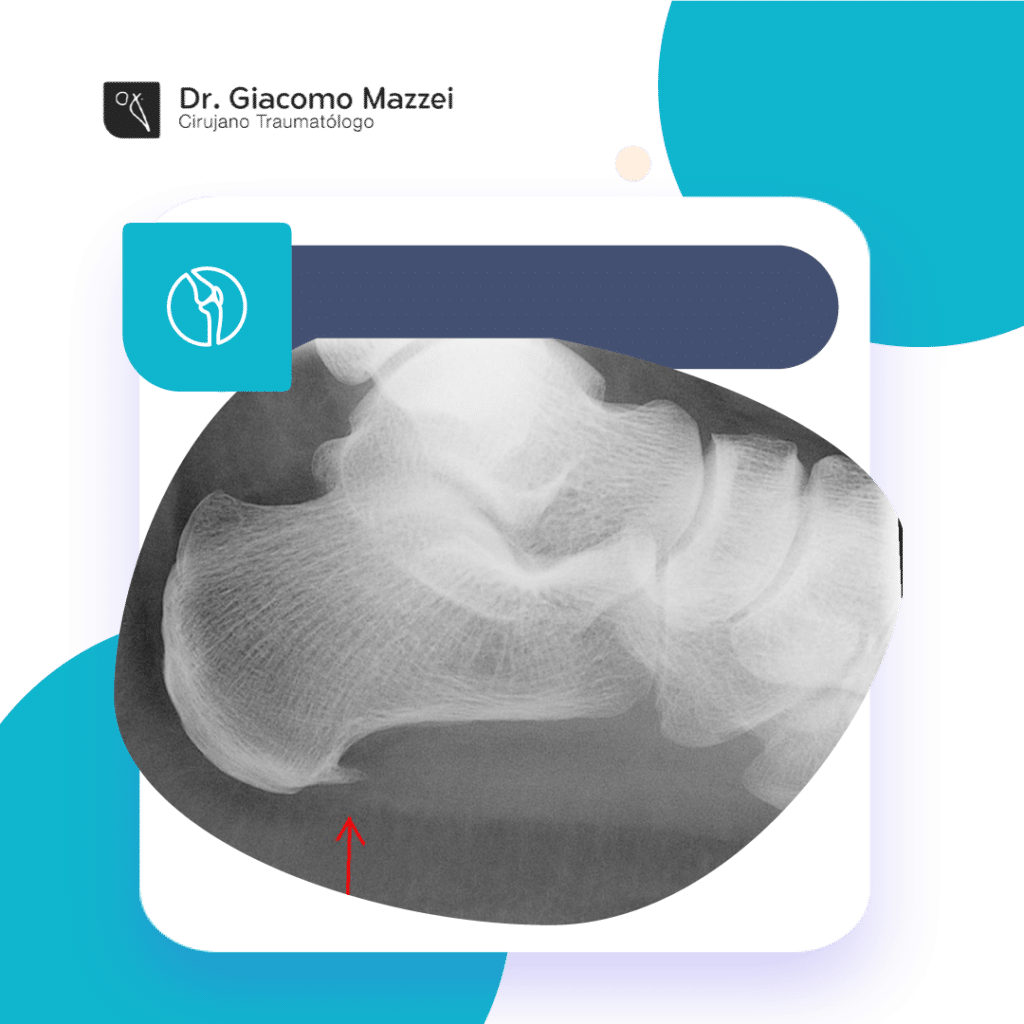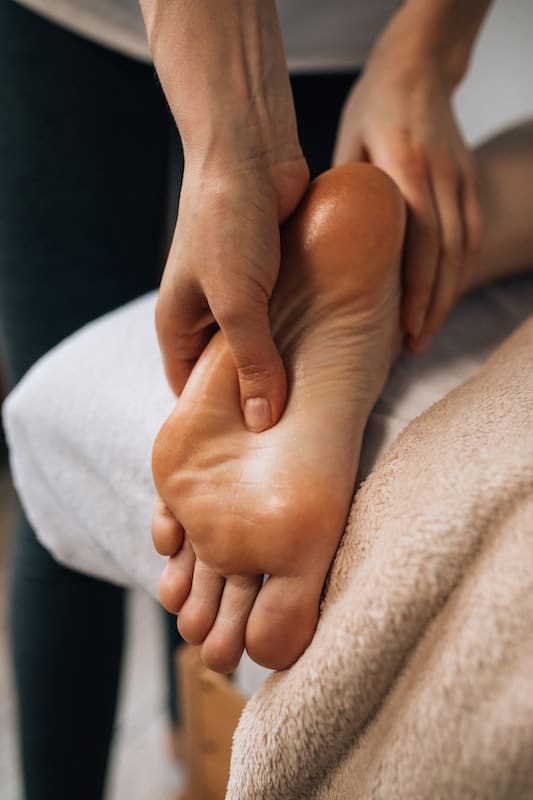What is a heel spur?

Calcaneal spurs are bone growths that develop on the calcaneal bone, the volar part, which forms the heel. While many people can have heel spurs without experiencing any symptoms, some individuals may develop pain and discomfort.
As a traumatologist and specialized surgeon, it is essential to shed light on this condition, discuss its symptoms, emphasize the importance of seeking professional medical advice, and provide information on surgical interventions when necessary.


- Heel pain: The main symptom of heel spurs is pain at the bottom of the heel, which is usually sharp and worse with weight-bearing activities.
- Inflammation: There may be swelling and tenderness around the affected area.
- Radiating pain: Pain can radiate along the sole of the foot, toward the arch, or even toward the toes.
- Discomfort during movement: Walking or standing for long periods of time can exacerbate pain, making activities like running or jumping particularly difficult.
Do you need an appointment with a professional doctor? By clicking here you can contact me where you can study your case.
